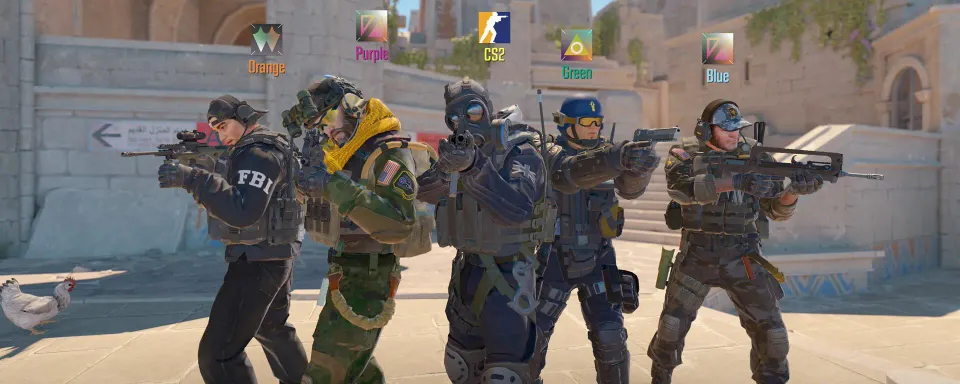13:51, 05.11.2024

Valve has made significant changes to its tournament operation requirements for Counter-Strike. The updates are related to invitation rules and event classifications for the near future. With these changes, 2025 will bring a new era of tournaments, where the redistribution of opportunities may significantly impact tier-2 teams.
Interest in the Future of Counter-Strike
For the professional Counter-Strike scene, fairness and transparency of tournament invitations have always been vital. With Valve's changes, tournament organizers will have to adapt to the new realities, which has sparked both approval and discontent within the esports community. One of the key points is the possibility of using updated Valve Regional Standings data for forming invitations, which should simplify event planning but also raises questions about how it will affect teams from different regions.
New Rules and Their Details
Valve's updated set of rules clearly establishes how tournament organizers should operate. The main changes affect tier-1 tournaments: large regions can no longer be divided into subregions for issuing invitations. For example, if an organizer holds a tournament in Asia, they must consider the entire Asian scene as a whole and cannot separate specific subregions, such as Southeast Asia, for specific invitations.
However, unlike the stricter conditions for top-tier tournaments, tier-2 competitions have received some relaxations. Organizers are now allowed to introduce additional filters for invitation distribution, provided it is not targeted at specific teams. Such changes should ease the conduct of local tournaments and possibly provide new teams a chance to enter the scene.

Why Is This Important for the Counter-Strike Scene?
These innovations by Valve could significantly alter the balance of power in the world of Counter-Strike. The strict rules for tier-1 tournaments and relaxations for tier-2 events are aimed at supporting regional diversity and creating conditions for more active participation from young teams. The scene will undergo many changes, and only time will tell how they will impact esports.
Source: GitHub
Upcoming Top Matches
Latest top news







Comments